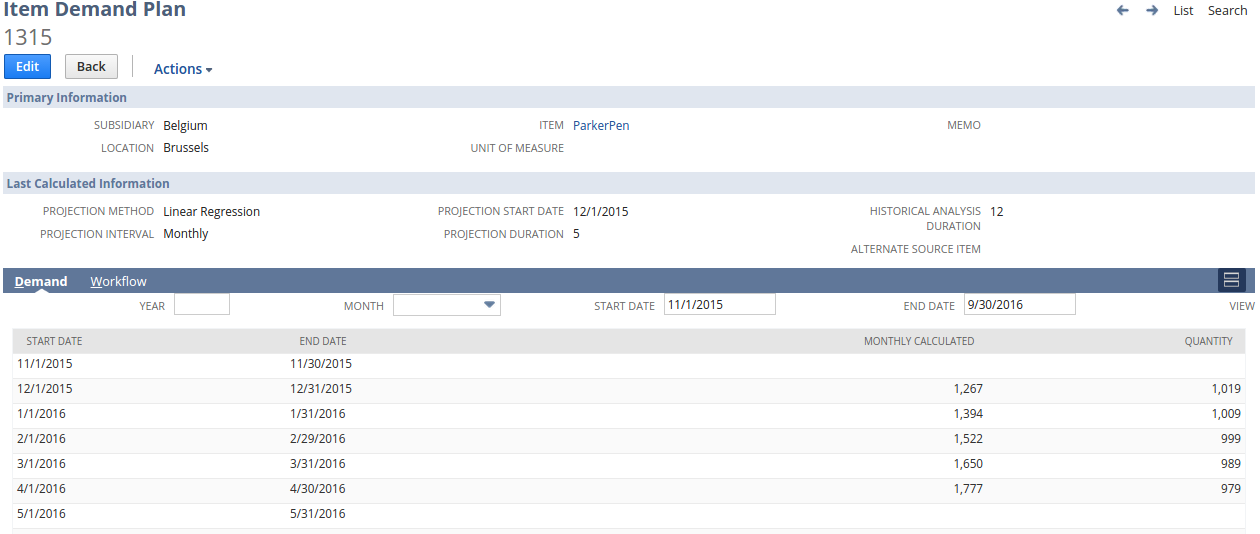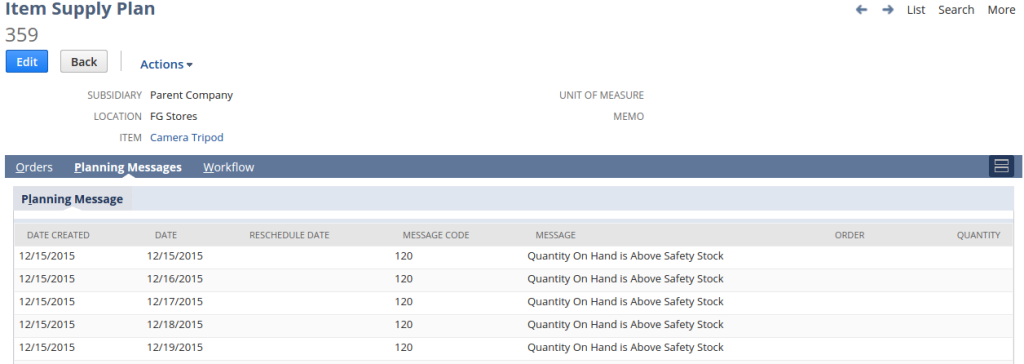Reasons why do we need to segment and classify product inventory when forecasting demand
Introduction
Inventory management and forecasting demand the products has always been a difficult job especially in the product-driven industry. We had often came across Client who finds more difficulties in proper visibility management and product forecasting and based on the same, making a Purchase and Stocking process becomes inaccurate. Some of the major question arises are:
- How many inventories should be maintained for a particular product?
- How to forecast sales of a particular product, as the different product has different sales behavior?
- How would the inventory be utilized effectively?
At times there’s a demand for Product A but it cannot be purchased or stocked, as the warehouse is already full with other products inventory which is low on demand and had utilized the space in the system. To understand the concept let’s take help of an example i.e. A Fast Moving Consumer Goods Company (FMCG).
Let’s say an FMCG company has some of the products like Mint Candies, Bar Chocolates, and Luxury Dark Chocolates. And the company has an inventory of all their products in equal quantity.
 Graph 1
Graph 1
Diagram 1:
As seen in the above graphs initially if all the three products are kept at the same inventory level, it was observed that Mint Candies were giving more sales then the other two chocolates. So in the ideal situation, according to supply chain fundamentals the decision would be taken is to Increase the inventory of Mint Candies to drive more sales to the Company. But the biggest challenge would be the Luxury Dark Chocolate sales and the space utilized by it which will resist in increasing the inventory of Mint Candies.
So what is the solution?
Bista Solutions had come up with an implementation for one of our esteemed Client by providing FNS Segmentation as a solution which not only helps them in effectively manage their Inventory but also forecasts accurate sales. In this solution, based on the Sales orders history we had segmented the products in 3 categories, i.e.
- Fast moving
- Normal moving
- Slow-moving products
In our example, for better product classification we will associate Mint Candies as Fast moving, Bar Chocolates as Normal moving and Luxury Chocolates as Slow moving. So while stocking the Inventory will give the maximum share to the Fast moving product and least to the Slow moving product. By following this strategy inventory classification would be improved and warehouse utilization with the exact inventory issue will be reduced. Further, post-segmentation analysis it was also observed that the sale pattern of the product i.e. the number quantity sold in per sale order was equally important to be considered. From season to occasion the sale quantity shows a deviation which needs to capture as well for accurate forecasting.
So the same is achieved by determining the Average Demand Interval (ADI) which is calculated as,
 Formula for calculating
Formula for calculating
With the help of ADI, we further segmented the Products into,
-
Consistent
-
Erratic
Now we have products segmentation along with its selling behavior tracked, which means if a product is segmented under Consistent then that product shows almost consistent sales quantity, whereas under Erratic there’s always a drastic difference with inconsistent selling pattern. So now we have final Product segmentation as,
-
Fast moving – Consistent
-
Fast moving – Erratic
-
Normal moving – Consistent
-
Normal moving – Erratic
-
Slow moving – Consistent
-
Slow moving – Erratic
Based on our previous example the new solution would be,
 Graph 2
Graph 2
The above bar graph represents inventory allocation as per the demand based on the segmentation and fast moving products have got a good amount of share which will definitely add up to the efficient sales performance. The next graph represents the Selling patter or behavior of the products where we can term Mint Candies as Fast moving – Consistent, Bar chocolates as Normal moving – Consistent and Luxury Dark Chocolates as Slow moving – Erratic segmentation.
Hence Segmentation and proper Classification of products help in proper Inventory Optimization, Demand Planning and in getting a decent accuracy while forecasting product demand. With the successful implementation, we are confident that we can bring value to your business as well. If you are looking for similar implementation, you can simply mail us on sales@bistasolutions.com















